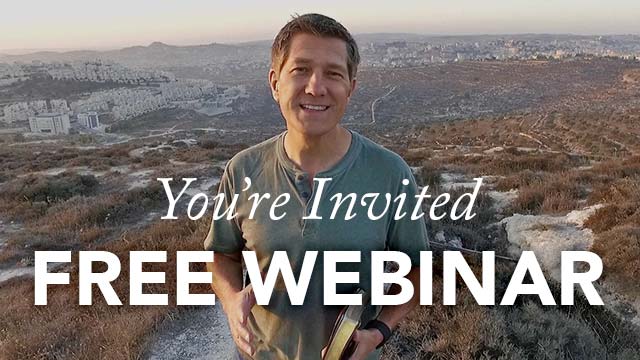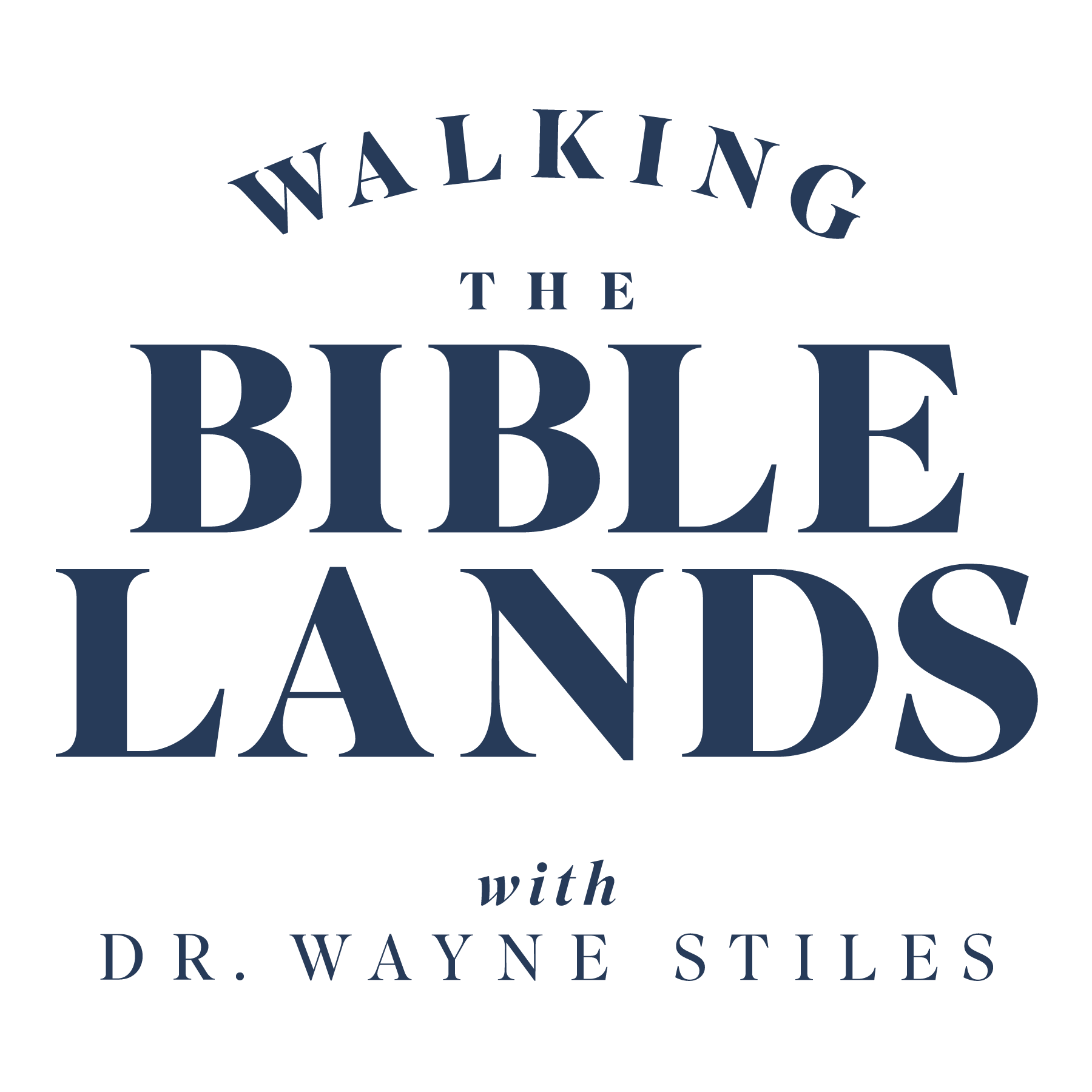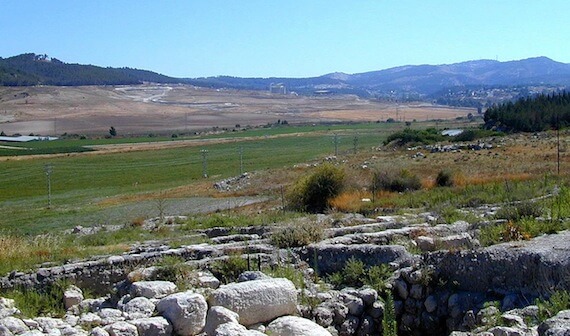
Most people familiar with the Pentecost—or Shavuot, the Feast of Weeks—associate the Jewish holiday with the Book of Ruth. After all, the most exciting events of Ruth’s story occurred during the time of Shavuot at Bethlehem’s wheat harvest (Ruth 2:23). It’s no wonder today that many people include reading of the Book of Ruth as part of their celebration of Shavuot.

(Photo: Samson was born between Eshtaol (left) and Zorah (right). Courtesy of the Pictorial Library of Bible Lands)
Although I absolutely love the Book of Ruth, Shavuot more often causes my mind to wander further west of Bethlehem—down into the Shephelah.
It’s unlikely anybody celebrates the Pentecost at such an unlikely place as Beth Shemesh.
But a practical application urges us to do so.
Beth Shemesh—Samson’s Stomping Ground
The last time I stood on the site of ancient Beth Shemesh in the Sorek Valley, I thought about the days of the judges.
- A glance to the northeast gave me a clear view of the neighboring sites of Zorah and Eshtaol, where the judge Samson grew up.
- A look to my left, down the Sorek Valley, revealed the direction in which Samson’s carnal curiosity often took him—to the women of the Philistines. One such trip even occurred at the time of wheat harvest or the Pentecost (Judges 15:1).
Return of the Lost Ark to Beth Shemesh
Years before Samson, the Philistines had captured the Ark of the Covenant, eventually returning it on a cart up the Sorek Valley.
- During the Pentecost the Hebrews were reaping the wheat harvest in the Sorek Valley when they saw the ark being brought to them. A set of train tracks today runs roughly along the ancient path by which the ark returned to Beth Shemesh.
- Although they were glad to see it, they made the mistake of looking inside the ark at the holy relics therein. Big mistake! (See Numbers 4:20; 1 Samuel 6:13-19.)
- The Levites of Beth Shemesh knew better than that. (Remember that scene in Raiders of the Lost Ark when the Nazis looked inside the ark? Same idea.)
The curiosities of both Samson and the people of Beth Shemesh offer an interesting contrast. Samson had a curiosity about sin and the people a curiosity about God’s holiness.
Ironically, the first made the second just as disastrous.
Findings at Beth Shemesh
Beth Shemesh stood as Judah’s most important city in the Sorek Valley, because it guarded the diagonal route leading to Lachish as well as a critical approach to the Hill Country.
Not surprisingly, the archaeologist’s spade has unearthed history there.
- Archaeologists have discovered a number of interesting finds at Beth Shemesh, including Israel’s largest Iron Age water reservoir.
- Blasting at the Hartuv quarry near Beth Shemesh in 1968 unearthed a cave of limestone stalactites and stalagmites. Dramatic lighting and planked pathways and stairs allow visitors today to explore the 45-acre cavern.
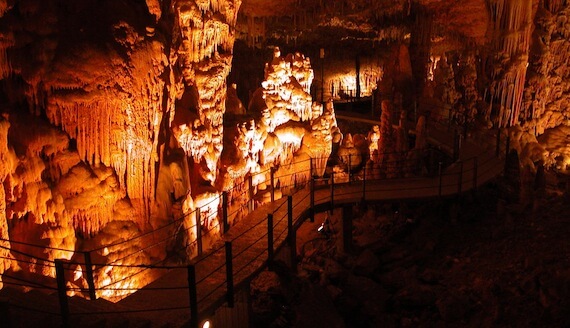
(Photo: Stalactite Cave below the Sorek Valley. Courtesy of the Pictorial Library of Bible Lands)
Celebrating the Pentecost
Shavuot also bears the name “Feast of Weeks,” because it comes seven weeks after the feast of Passover.
- The name “the Pentecost” also identifies the holiday since the celebration occurs “fifty days” (seven weeks) after Passover (Leviticus 23:15-16).
- By the first century, however, Shavuot had an additional meaning as a time to remember the giving of the Mosaic Law (perhaps as a result of Exodus 19:1).
- For whatever reason, the holiday came to be associated with a renewed commitment to God’s Law.
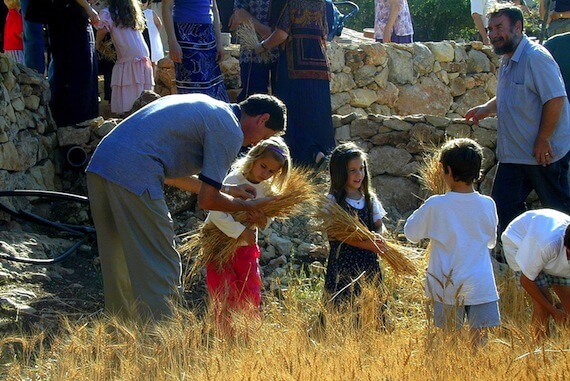
(Photo: Gathering wheat at Shavuot. Courtesy of the Pictorial Library of Bible Lands)
The Pentecost Fulfilled
For centuries, God’s prophets anticipated that a promised “New Covenant” would write the Law on the hearts of God’s people through the giving of the Holy Spirit (Isaiah 59:20-21; Jeremiah 31:31-34).
- Perhaps for this reason, the King James Version of the Bible translates Acts 2:1 with the words: “And when the day of Pentecost was fully come . . .”
- It was on the feast of Shavuot, or the Pentecost, in Jerusalem that the Holy Spirit came upon God’s people—just as the prophets had promised.
Reflections from Beth Shemesh
True, Beth Shemesh seems an unlikely place to remember Shavuot. But the events that occurred in the Sorek Valley at the Pentecost wheat harvest cause us to consider the outcome of lives like Samson and the Levites of Beth Shemesh.
It is precisely by observing such lives that our dedication to the fulfillment of the Pentecost offers such hope.
In view of our own weaknesses, the holiday challenges us to adopt a renewed commitment to live according to Holy Scripture—only by the power of the Holy Spirit.
Tell me what you think: What occurs in your life that renews your passion for God’s Word? To leave a comment, just click here.
Click here to leave a comment.
-1.png?width=5230&height=1198&name=unnamed%20(4)-1.png)

.jpg?width=350&name=Wayne-books-350wide%20(1).jpg)

